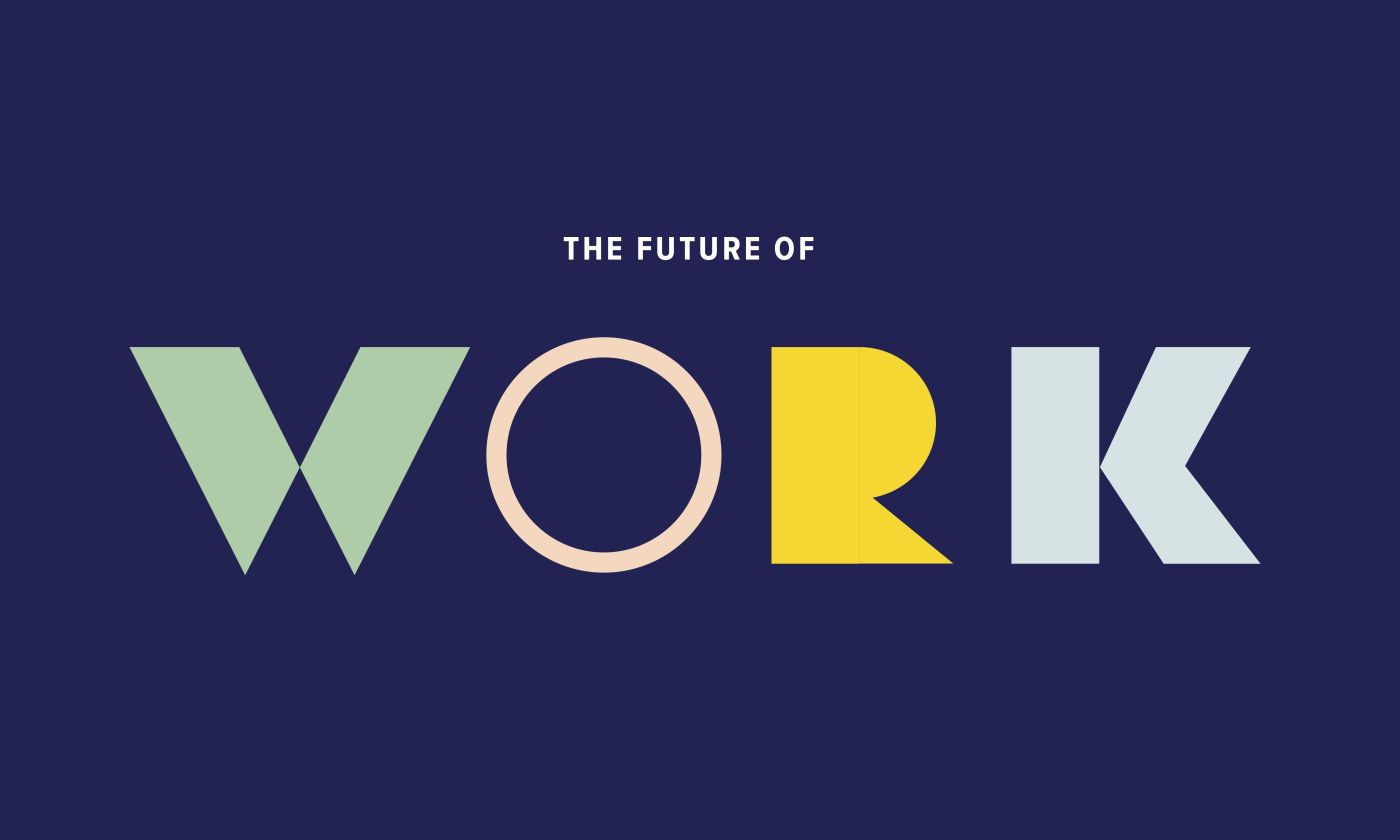As of 2016, 55 million people, or 35% of the American workforce, worked as freelancers, according to Upwork Global. And in 2017, MBO Partners reported that 19.8% of full-time independents earn more than $100,000. By 2020, a separate study estimates that more than 40% of the American workforce, or 60 million people, will be independent workers—freelancers, contractors, and temporary employees.
Increasingly, contractor positions are being held by the best and brightest. Harvard Business Review called this phenomenon "The Rise of the Supertemp." These days, even professionals like attorneys, CMOs, and consultants with world-class training are choosing to work independently.
There are many reasons why independent work is on the rise, from shifting economic conditions to corporate downsizing and employee dissatisfaction. But two things have slowly fueled the trend in a much bigger way, lowering the barriers that once made independent contracting much more challenging.
New Platforms for Pairing Talent with Businesses
There are now more ways to work remotely than ever before, from devices, apps, and other personal technology that lets us communicate with one another from virtually everywhere. But there’s another kind of technology that plays an arguably bigger role—platforms designed to match companies with talent.
One of the biggest hurdles for most contractors is business development and filling their project pipelines. Some 35% of respondents in a survey by Contently, which matches independent writers and businesses, said that securing enough work was their biggest daily obstacle. But new online marketplaces are launching in a wide range of categories, helping talented freelancers to find jobs in their chosen fields.
We visited the Contently offices in New York City and saw how its growing business model and technology platform are pairing brands with journalists, writers, and storytellers. Without it, many such partnerships wouldn't have been available to either the freelancers or the companies now working with them.
HourlyNerd is a similar platform, designed by Harvard MBA students to connect companies with talented business consultants. The community lets businesses compare consultants’ profiles to those who correspond with their needs. Users can bid on projects within HourlyNerd's platform, making it a flexible option to find qualified independent partners.
Co-working Spaces in Major Cities
It's not uncommon for independent workers to feel isolated. But the rise of co-working spaces in top urban centers is changing that, offering freelancers unprecedented support and resources.
Co-working spaces are providing more than just a sense of community that comes from working around others. WeWork, for instance, is one of the most popular providers of workspace for independent contractors, and it's expanding to major cities around the world. The company has raised the bar in part by focusing on creating a collaborative ambience you’d find at any cutting-edge startup. WeWork spaces even boast arcades, fresh fruit, and beer on tap.
There are of course more traditional perks, too. More than 150 WeWork partners offer services like human resources, web consulting, and accounting help—removing some of onus on freelancers to do everything themselves. And in case you think co-working spaces are an unnecessary luxury or just a passing trend in the freelancer economy, remember that WeWork was recently valued at $20 billion.
The Future of Freelancing
Talent-matching platforms and co-working spaces are just two leading trends behind a freelancer economy that's growing more robust by the day. Other models and services are bound to spring up to bridge more gaps between consultants and companies in more flexible ways than ever before.
And of course, the rise of independent work isn't just a boon to independent workers, either. It also allows businesses to find more targeted and better qualified talent to address their needs—typically at lower costs. Rather than bringing someone in full-time, with benefits and a salary, a company can hire a consultant who's ideally suited to a particular project. And that consultant is likely to have more resources to tackle it than at any time before. According to EY’s Global Contingent Workforce Study, 20 percent of organizations globally with more than 1,000 employees have a workforce that is made up of 30 percent or more contingent workers.
It's worth remembering the new freelancer economy isn't about "temp" labor. Independent workers are increasingly strategic, experienced, and professional. They want more flexibility than a traditional employee, and in many cases they're getting it.





